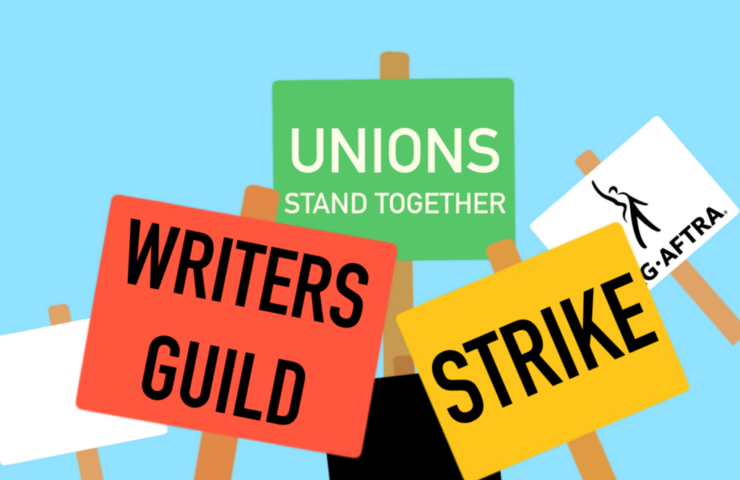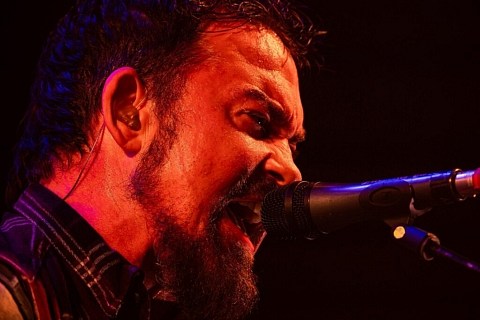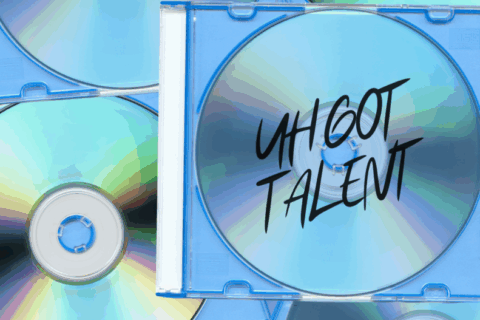Graphic by: Alina Velasquez
After a long summer of strikes, Hollywood is officially back in business.
The Writers Guild of America and the Screen Actors Guild – American Federation of Television and Radio Artists, were both able to come to an agreement with studios in September and November, respectively.
Both unions reached a deal with the Alliance of Motion Picture and Television Producers, which negotiates with Hollywood unions on behalf of entertainment producers such as Disney, Apple and Netflix.
The WGA strike spanned 149 days, coming second to the longest strike in 1988 which lasted 153 days. The SAG-AFTRA strike lasted 118 days, the longest in its history.
When did the strikes start and end?
Two labor unions representing over 11,000 films, television, news, radio and online writers compose the WGA. On May 2, a strike was called after the members overwhelmingly voted in case negotiations failed.
The strike ended on Sept. 27 after the boards of the WGA East and West voted to submit the tentative agreement to the union’s members to ratify. The voting period lasted from Oct. 2 to 9, where members voted overwhelmingly to accept the contract.
8,435 members ratified the contract — 99% — voted yes, whereas 90 members opposed.
The SAG-AFTRA went on strike on July 14, just two months after WGA. Similar to the writers’ union, SAG-AFTRA called for a strike after the members overwhelmingly voted to call one in case negotiations failed.
The union called for the strike to be over on Nov. 9 at midnight, after the national board voted by 86% to approve a tentative agreement.
The union members will now vote to ratify the contract with the voting period ending on Dec. 5.
What was the result?
The writers’ union was successful in negotiating a historic agreement.
The contract allows writers to get a bonus for top-performing shows on streaming platforms and establishes staffing minimums for writers’ rooms, for the first time ever. Both of the items were once considered “non-starters” by studios.
A new minimum wage tier for writer-producers, which is 9.5% higher than the story editors. There are also increases of 5%, 4% and 3.5% for most minimums over the next three years of the contract.
A big topic of concern for the writers union was the use of Artificial Intelligence, the new contract establishes a framework for the use of AI. Writers can make use of AI without undermining their compensation or credit.
The writers failed to get the studios to agree on their biggest concern, which was a provision forbidding the studios from training AI systems on screenwriters’ work.
The WGA West president Meredith Stiehm in a statement thanked the union leadership, strike captains and the WGA staff for their work in delivering the contract.
“Through solidarity and determination, we have ratified a contract with meaningful gains and protections for writers in every sector of our combined membership,” Stiehm said. “Together we were able to accomplish what many said was impossible only six months ago.”
The SAG-AFTRA leadership released a Memorandum of Agreement, to summarize the deal terms.
The new contract is set to bring more than $1 billion in new compensation and benefit plan funding, according to the MOA released.
The contract includes an increase in guild minimum payments by 7%, a little below the original ask of 11% by the union. It also includes an increase in residuals and a new performance-based bonus system for streaming.
In addition to that, protections against AI and sexual harassment prevention clauses, among other things. The contract requires an intimacy coordinator to be on set for scenes involving nudity and simulated sex.
The agreement includes protections against the use of AI. Studios need to get, “informed consent” and provide compensation for the creation and use of AI digital replicas of the SAG-AFTRA members, living and deceased, “whether created on set or obtained from other materials.”
The use of “synthetic performers,” is also addressed in the agreement. This is when there are AI creations that are not a replica of a specific actor. According to the contract, the complies will notify the union and “bargain in good faith” if they choose to use synthetic performers.
Some union members, including filmmaker Justine Bateman, a former SAG-AFTRA board member and negotiating committee member, have expressed their concerns about the AI portion of the agreement, through a thread on X, formerly known as Twitter.
“I find it baffling that a union representing human actors would give approval of those same actors being replaced by an AI Object. And don’t forget, those AI Objects are a mash-up of all actors’ past performances, adding insult to injury,” she wrote in the thread.
Looking Ahead
Many actors are already back on set and production on shows has started.
Popular franchises such as Deadpool, Mission Impossible, The Last of Us and Avatar, can resume. Among other popular TV Shows, Abbott Elementary announced it would be back in February after delayed production due to the strike.
The cast of Dune: Part Two, can also now promote the film which was originally supposed to be released in November but was delayed to March 2024. A Warner Bros spokesperson said it was because actors were not able to promote the movie while on strike, according to BBC.
Hollywood is now up and working and fan-favorite TV shows and movies are set to return soon. Unless it’s under Netflix originals, then you just may be out of luck.





Recent Comments